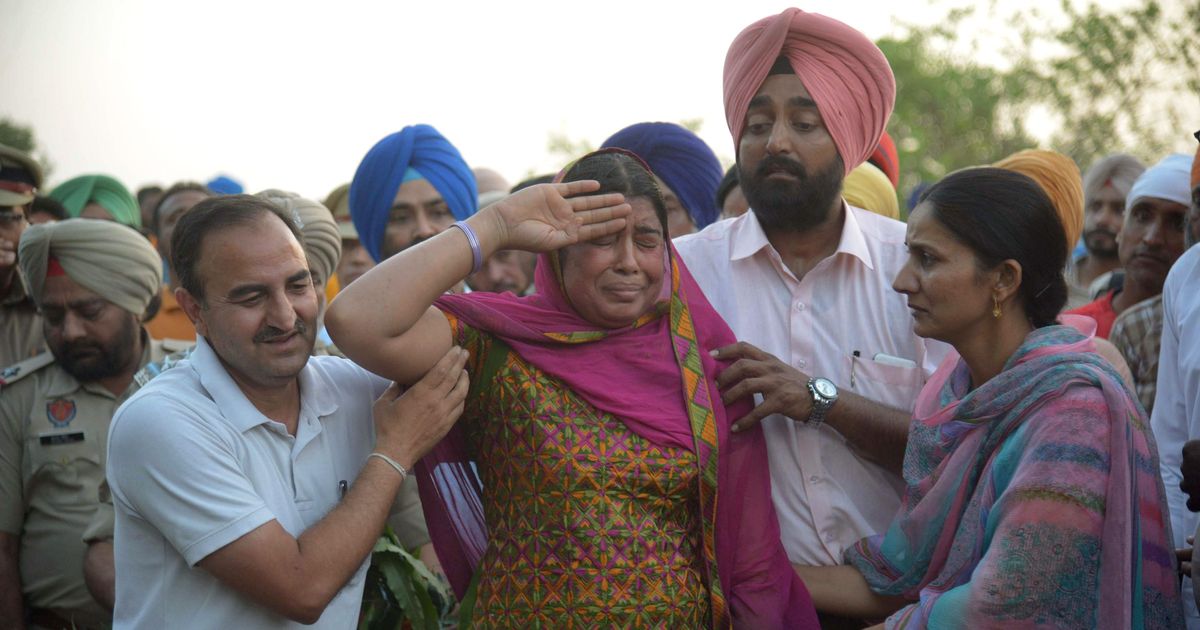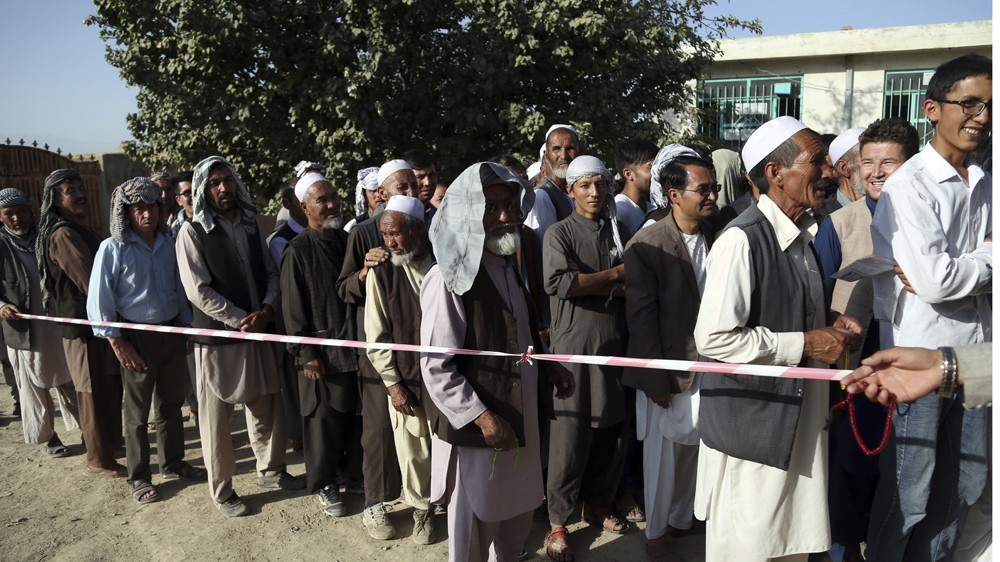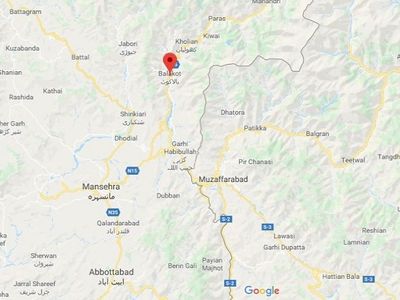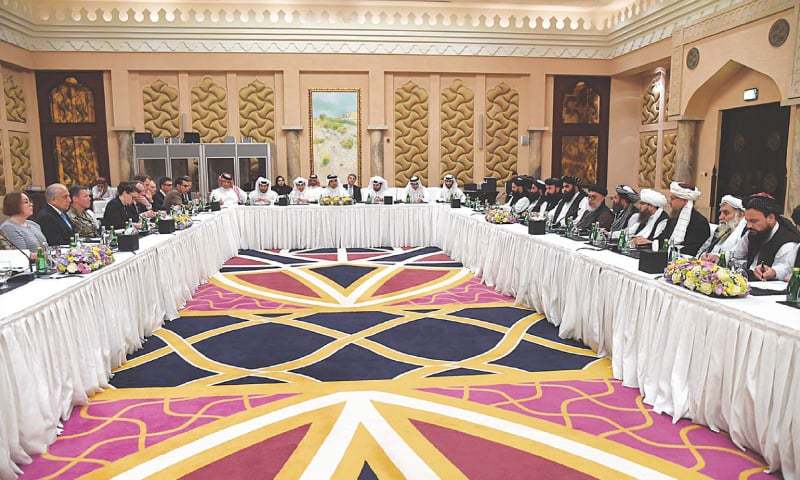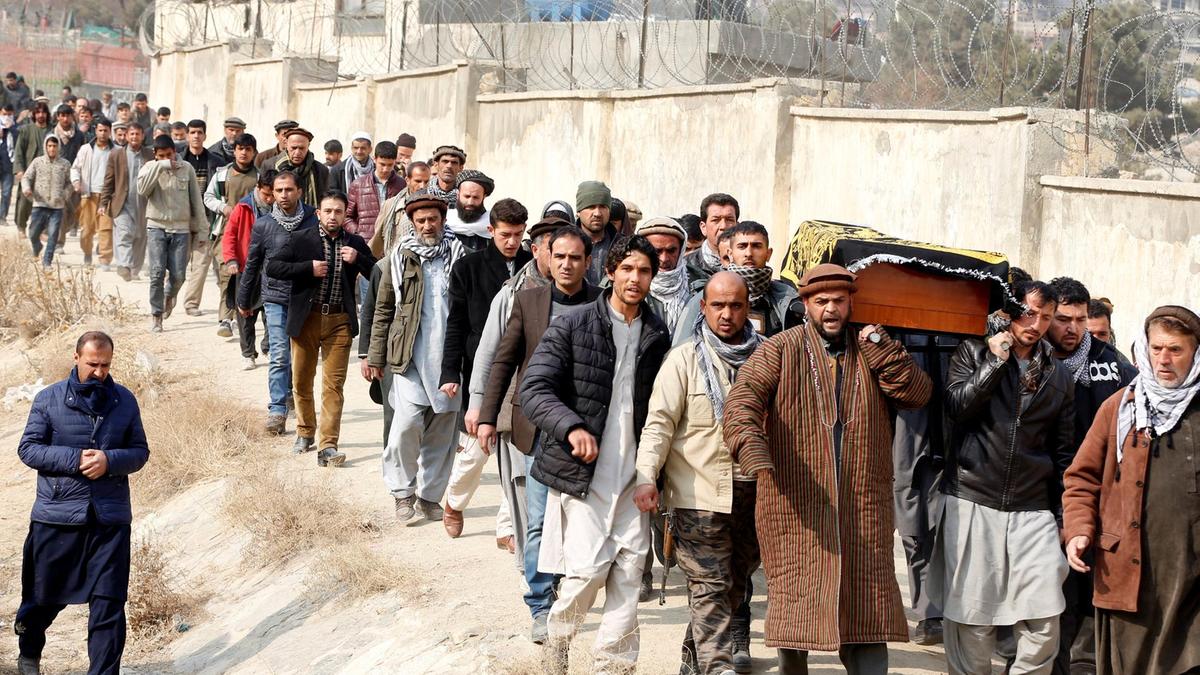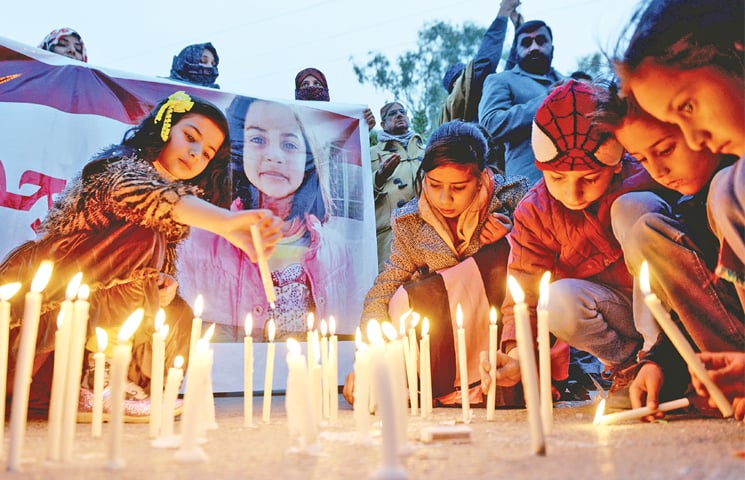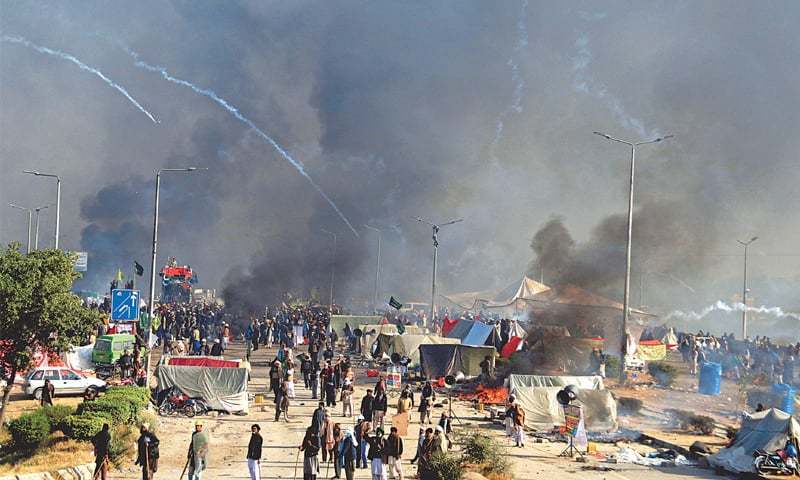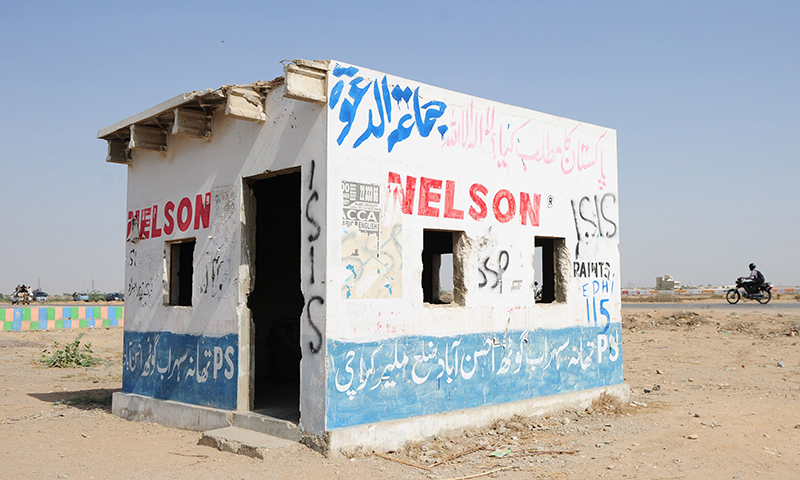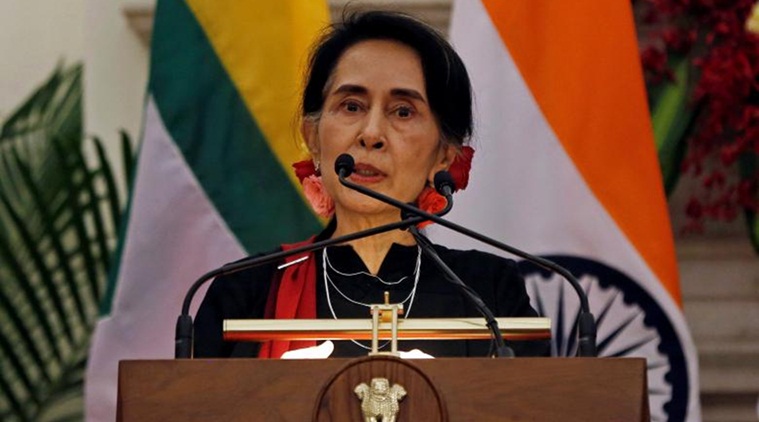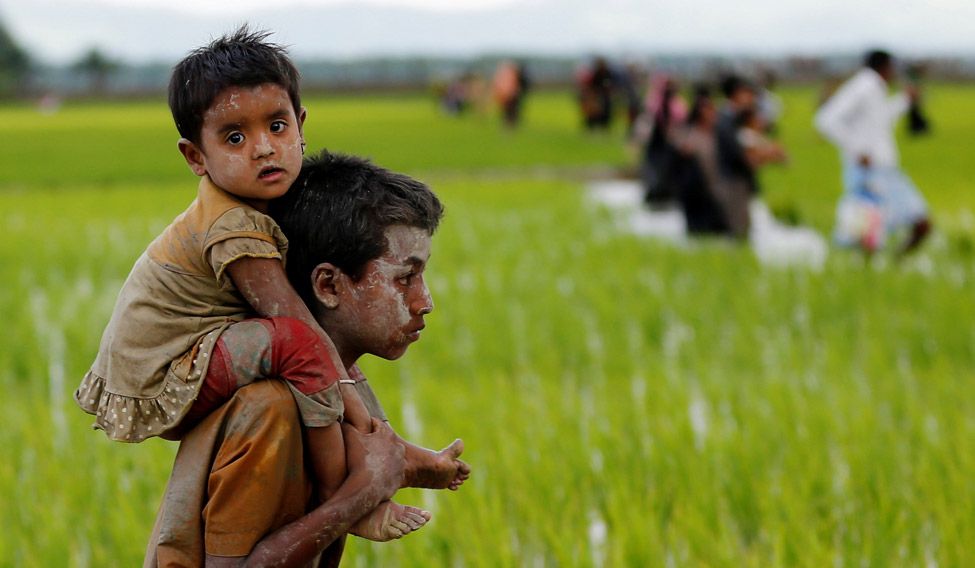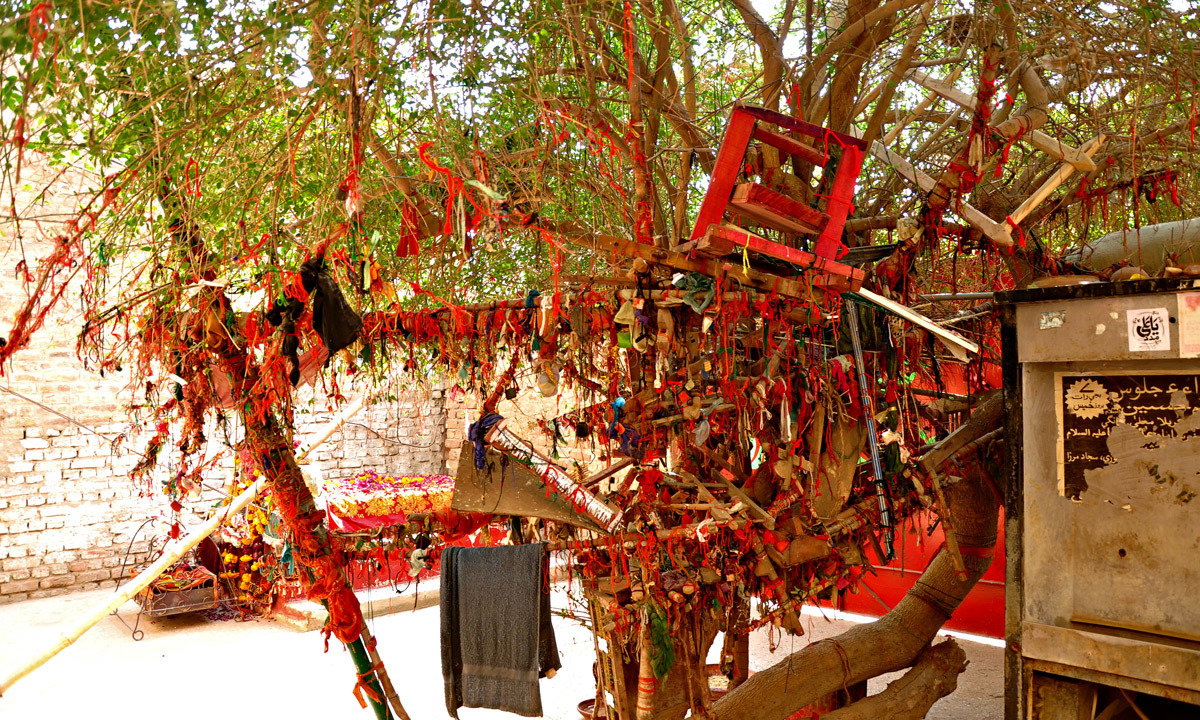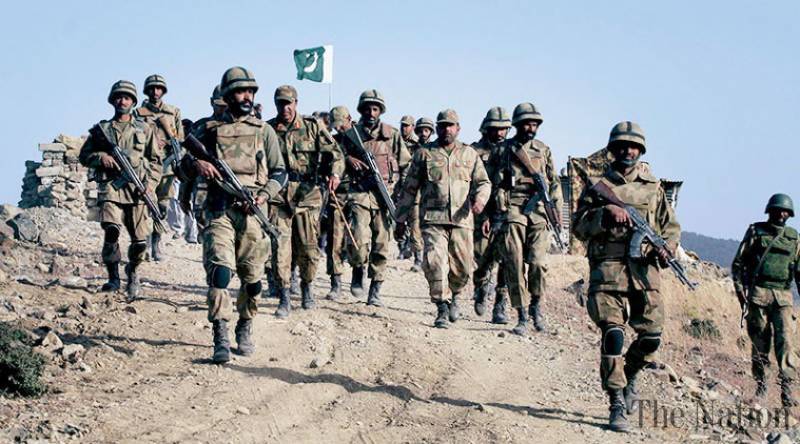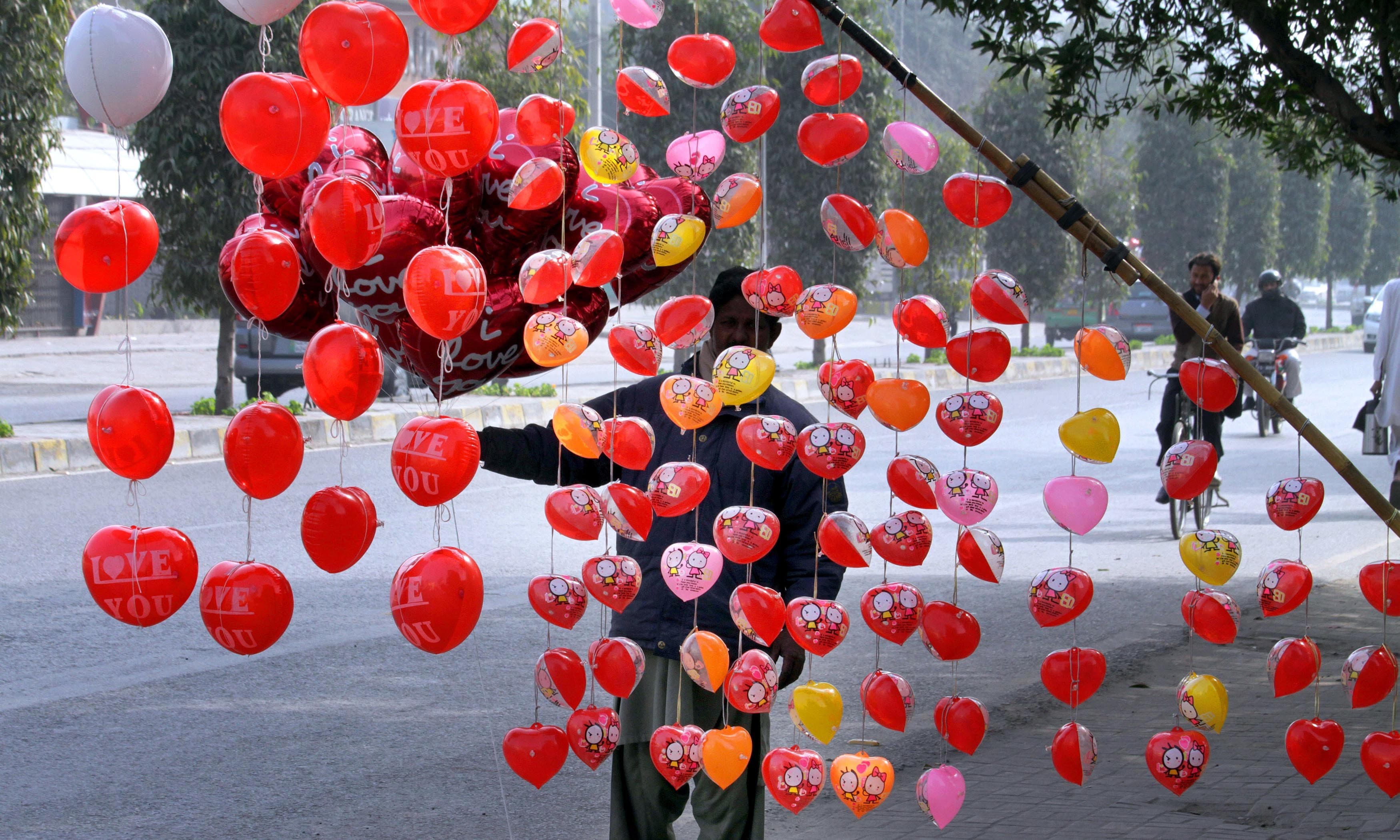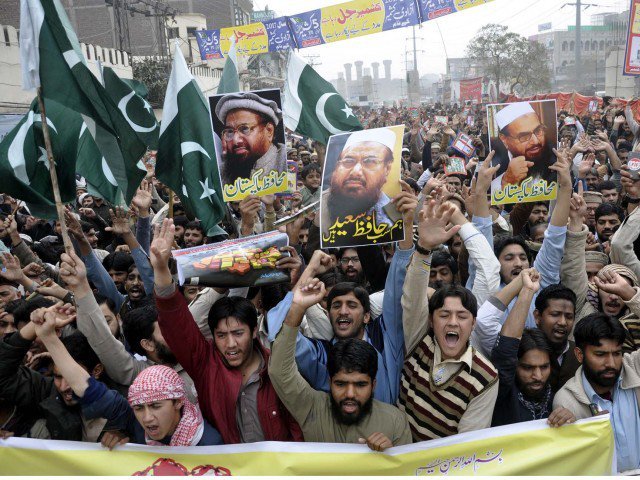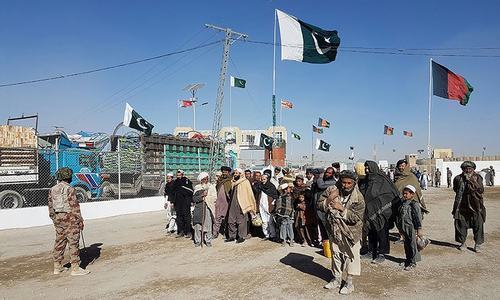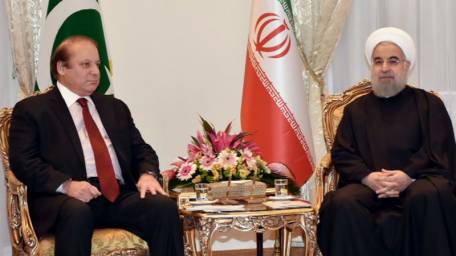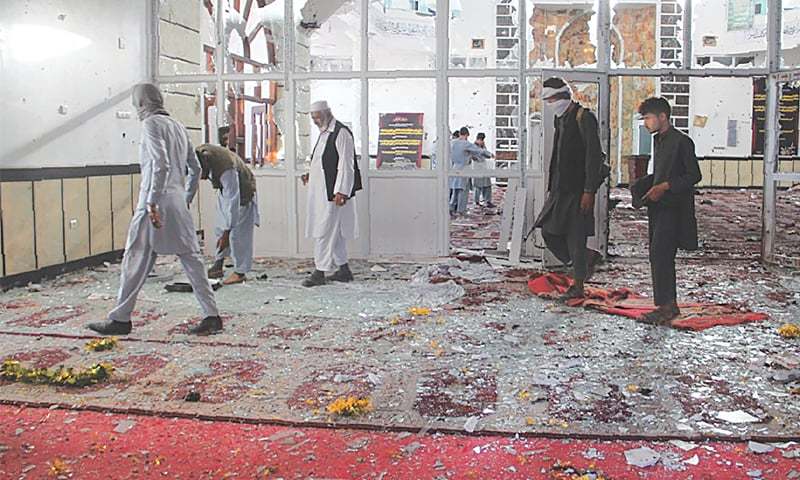
Conflict Reader # 71, 16 January 2019
CR Comment
D. Suba Chandran
Professor
International Strategic and Security Studies Programme (ISSSP)
National Institute of Advanced Studies (NIAS), Bangalore
Ever since President Trump made a statement a few weeks earlier on withdrawing from Afghanistan, there has been a flurry of activities/statements from numerous actors in the region. The latest one has come from the Indian Army Chief that India should also consider opening a track with the Taliban. Pakistan wants the government in Kabul to talk to the Taliban, thereby implying a political role for one of the most ruthless terrorist organization in the contemporary world.
China and Russia have a nuanced position on Afghanistan; they are not making statements in the public domain, but working silently with multiple actors within Afghanistan including the Taliban. What does the Afghan Endgame look like at the beginning of 2019?
Will the US stay in Afghanistan, despite Trump’s Withdrawal?
The above question may look confusing but is likely to remain as an Afghan reality creating instability.
A few weeks earlier Trump made a statement on reducing the American troops in Afghanistan (along with doing the same in Syria). What is the American Endgame in Afghanistan?
Afghanistan is too important for the US to withdraw completely. While the original objective of the US to enter into Afghanistan (to capture Osama bin Laden and neutralise al Qaeda network) has been long achieved, the American interests in Afghanistan have expanded even during Obama’s period.
From the US perspective, six significant developments have happened (or failed to happen) in Afghanistan since the disastrous 9/11 in 2001. First, China has become a big player in the contemporary world with global ambitions. Beijing has its own objectives in Afghanistan. Second, Russia has renewed its interests in Afghanistan, with opening a channel of communication with the Taliban. Third, outside the US, other international players have lost interest in continuing their economic investments in Afghanistan. Fourth, players in the immediate region, like India has not stepped up their contribution to everlasting peace in Afghanistan except for piecemeal contributions. Fifth, Afghanistan could not find a political structure that would provide space for domestic order within. Moreover, finally, despite pressure, threats and carrots, the US could not force Pakistan to change Islamabad’s approach towards Kabul.
During the last few years, especially since the killing of Osama bin Laden, there has been an internal pressure within the US demanding that Washington withdraws from Afghanistan. Robert D Kaplan in a recent commentary early in January 2019 summarised the present American position: “No other country in the world symbolises the decline of the American empire as much as Afghanistan. There is virtually no possibility of a military victory over the Taliban and little chance of leaving behind a self-sustaining democracy — facts that Washington’s policy community has mostly been unable to accept.”
The predominant American position currently is simple and hovers around the following five points: First, military victory over Taliban is not possible. Second, Afghanistan is not likely to remain a stable democracy. Third, the US cannot afford to invest any further regarding men and materials in Afghanistan. Fourth time is running out to get out without losing further American face.
Finally, an important argument, that has not been discussed much in the open – the negligible American commercial interests in Afghanistan, especially compared to other countries such as China and even India. This point makes the Americans who want to pull out from Afghanistan to ask a narrow question: why should the US stay back in Afghanistan and protect the commercial interests of others while spending substantially?
The conclusion for the above section in the US is natural: Afghanistan has become a liability. The solution is more straightforward: Get out of Afghanistan as early as possible.
However, how far the above American assumptions are correct? Also, how far getting out now will help what has been invested so far, and also improve the long-term stability of Afghanistan and the rest of the region?
Afghanistan in 2018 has come a long way from the situation a decade ago. While the military situation vis-à-vis the Taliban may have become delicate, it should not undermine what has been built brick by brick during the last seventeen years. There is a new Afghan spirit especially amongst the young Afghans, cutting across ethnic sentiments and the divide, which remained the bane of the previous generations. Those who are demanding the withdrawal do not understand, that the nation-building process cannot be completed in a matter of less than two decades. A cursory look at the other countries in the region will underline the above.
So, what is the road map that the Americans have come up with to implement their solution? Start a negotiation with the Taliban leading to a power-sharing agreement in Kabul, so that there is no complete breakdown when the last American leaves Afghanistan.
However, the other question is also imperative: will the US exit Afghanistan entirely? Or, will there be a residue American presence in Kabul, outside the diplomatic channels?
Afghanistan is geographically too crucial for the US to leave now. With Trump on a warpath vis-à-vis Iran, the US is unlikely to walk away from Afghanistan. In the region, Afghanistan provides the best location to watch over developments within Iran, if needed even to engineer it. With the neighbouring Middle East in complete turmoil, the American military and the CIA, in particular, should be wanting to stay back in Afghanistan.
Besides Iran, the growing Chinese and Russian interests in Afghanistan should be a matter of additional concern for the US. Hence, a complete American withdrawal from Afghanistan is less likely to happen. A residue force, perhaps led by the CIA, and a small fighting force, probably in the form of American contractors or military advisors are likely to remain in Afghanistan.
The Regional Great Game: Pakistan, Iran, India and Russia
The biggest international failure in Afghanistan is not limited only to the nation-building process within. Instead, it is related to create a regional network, which will help Afghanistan find peace with itself. The “region led, and region owned” framework for Afghan peace never took off.
The international community cannot be entirely blamed for failing to create a regional approach to find a solution for Afghanistan. Each of the regional actors had their objectives and endgames in Kabul; and in most cases, they contradicted with the other.
Consider the following: Pakistan, from the beginning, was particular that it should be a part of the final solution in Afghanistan, and its stooge – the Taliban should hold the fort in Kabul. Later Pakistan was willing to accept a settlement in Kabul in which the Taliban becomes a critical actor, if not the only one. The fact that the elected government in Kabul and the larger Afghan society was not inclined towards the Pakistani position in Afghanistan did not alter Islamabad’s approach towards the Taliban. Even the international disapproval and condemnation of Pakistan’s support to the Taliban and its franchisees did not pressurise Islamabad to change its endgame in Kabul. As a result, the Taliban sustained – militarily and politically.
Iran has been playing a tactical game in Afghanistan. For a long time. Tehran never had a soft corner for the Taliban. In principle, Tehran should find it easier to work with a democratic government in Kabul, than with the Taliban. Iran would also find it welcoming that the Taliban has no role to play in Kabul. Despite the same, Iran will still support the Taliban, as the latter is fighting against the US and the democratic regime in Kabul. Second, Tehran is also aware of the Iran factor of the US in Afghanistan. So tactically, supporting the Taliban or any other group that opposes the present establishment in Kabul is useful for Iran.
India has its objectives in Afghanistan. Culturally and historically, India had strong links with the Afghans, except during the Taliban rule. New Delhi would want to continue with the same. More importantly, politically, India would like to ensure that Afghanistan does not become Pakistan’s strategic depth. In particular, India would prefer that the Taliban has no role to play in any future political framework in Kabul. The primary Indian fear over the Taliban is the latter’s links with Pakistan.
Economically, India has made its investments in Afghanistan and has a global plan through Kabul. India’s direct investments in Afghanistan is important; so are New Delhi’s more substantial global interests. India has its ambition to develop an International North-South Trade Corridor (INSTC) linking Mumbai with Moscow and beyond into Europe via Chahbahar, Kabul and then into Central Asia. While India’s Chahbahar and INSTC plans have been in the pipeline for long years since the Chinese Belt and Road Initiative (BRI) the former has become even more critical.
Russia remained distant during the initial years of American intervention in Afghanistan since 2001. During the recent years, there has been a considerable shift in the Russian approach towards Afghanistan. The Afghan dialogue in Moscow during 2018 would highlight the changes in Russia’s strategy towards Afghanistan.
There is a broader global context as well to Russia’s new Afghan approach. The emergence of the ISIS as an independent force in the Middle East and spread into Afghanistan is a matter of concern for Russia. It wants to avoid the spread of radical Islam into Central Asian states. Second, Russia is also apprehensive of American interests in Afghanistan; Moscow is convinced that the US will never leave Kabul.
Finally, China has its own global objectives in Afghanistan. From One Belt One Road (OBOR) to Shangai Cooperation Organization (SCO), Afghanistan plays a vital role in larger global calculations of Beijing. So is the presence of strategic materials in Afghanistan.
In the above American and regional strategic calculations, where do the Afghans figure? What does the elected government in Kabul want? Unfortunately, that has been the least of global concerns; this would continue in 2019 as well, forcing Afghanistan to remain unstable.
The above analysis was first published in the Rising Kashmir
